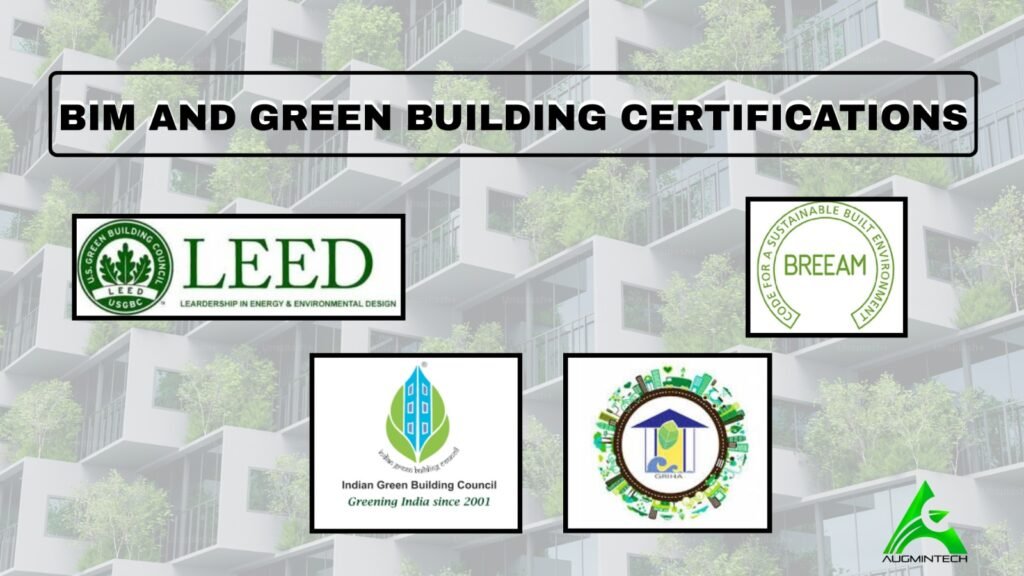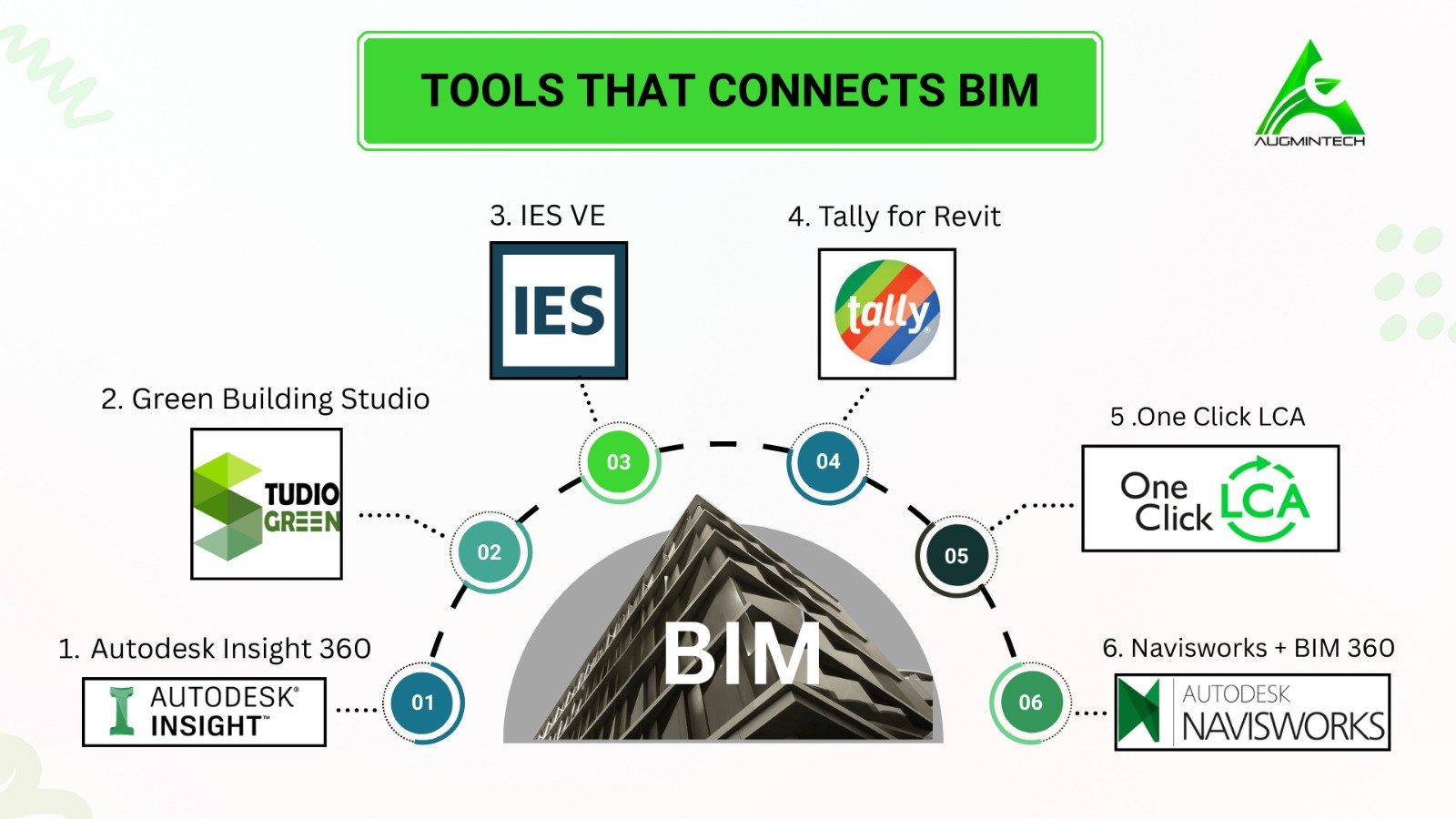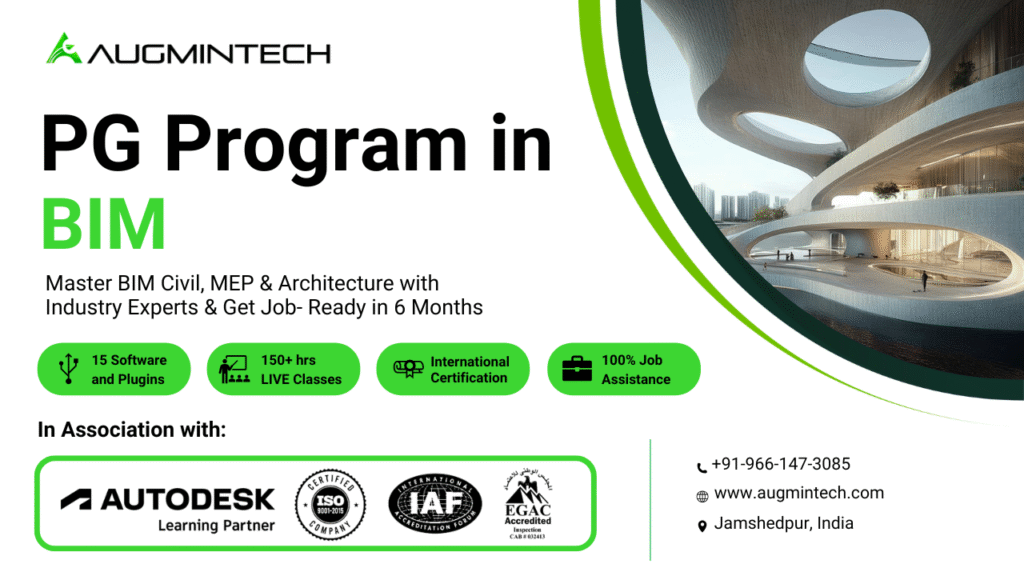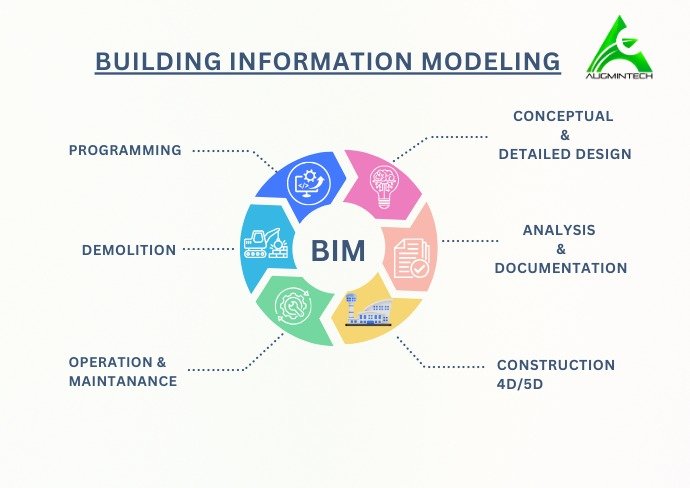BIM's Role in Sustainable Building Design and Green Certifications

- May 27, 2025
- 11:38 am
- 2000+ Comments
Table of Contents
Sustainable design is no longer a luxury. It is a necessity. As the global construction industry moves toward net-zero goals and climate resilience, Building Information Modeling (BIM) has become a core enabler of green buildings and sustainability-focused development.
From reducing material waste to enhancing energy efficiency, BIM is helping architects, engineers, and sustainability consultants make smarter, data-driven decisions at every stage of the building lifecycle.
In this article, we explore how BIM contributes to sustainable building design and how it supports popular green certification systems like LEED, BREEAM, IGBC, and GRIHA.
What is Sustainable Building Design?
Sustainable building design focuses on minimizing the environmental impact of buildings by optimizing energy performance, water use, indoor air quality, material selection, and long-term operations.
Goals include:
- Lower carbon emissions
- Reduced energy and water consumption
- Minimal construction waste
- Use of eco-friendly materials
- Healthier indoor environments
How BIM Supports Sustainability Goals

1. Energy Modeling and Analysis
BIM integrates with energy simulation tools like Insight 360, Green Building Studio, and IES VE to analyze energy consumption early in design.
You can simulate HVAC loads, solar exposure, daylighting, and optimize passive design strategies.
2. Material Optimization and Waste Reduction
With BIM’s accurate quantity takeoff, designers can estimate material requirements precisely, reducing over-ordering and waste.
It also helps track the use of recycled or locally sourced materials, which are essential in green rating systems.
You can simulate HVAC loads, solar exposure, daylighting, and optimize passive design strategies.
3. Water Efficiency Planning
Plumbing systems modeled in BIM allow planners to analyze water use, detect inefficiencies, and design for rainwater harvesting or greywater reuse.
4. Site Analysis and Building Orientation
Using BIM with GIS or tools like Autodesk InfraWorks, teams can evaluate terrain, climate, and orientation to optimize building performance.
5. Lifecycle Assessment (LCA)
BIM enables Lifecycle Assessment (LCA) workflows by integrating data on material carbon impact, operational energy, and long-term maintenance.

BIM and Green Building Certifications
1. LEED (Leadership in Energy and Environmental Design)
- BIM helps gather documentation for LEED credits like Energy Optimization (EA), Water Use Reduction (WE), and Material Resources (MR).
- Automates reporting on areas, materials, and system efficiencies.
2. BREEAM (UK and Europe)
- BIM supports lifecycle cost analysis and sustainability performance modeling needed for BREEAM scoring.
3. IGBC (India Green Building Council)
- BIM-based energy modeling and water conservation design contribute directly to IGBC credits.
4. GRIHA (India)
- GRIHA emphasizes passive design, material sustainability, and thermal comfort. BIM tools help in modeling and evaluating all these aspects.
Case Example: BIM for LEED Gold Office Tower in Bengaluru
Project: 15-storey commercial office building
Sustainability Goals: LEED Gold, 30 percent energy savings, rainwater harvesting
BIM Workflow:
- Revit and Insight 360 used for early energy simulation
- BIM 360 coordinated HVAC and lighting systems
- Accurate quantity takeoff ensured optimal material usage
- LEED documentation extracted directly from BIM data
Result: Achieved LEED Gold with 28 percent reduced energy use and 40 percent less water consumption

Tools That Connect BIM and Sustainability

- Autodesk Insight 360: Energy and solar analysis
- Green Building Studio: Web-based performance simulation
- IES VE: Detailed energy modeling for HVAC
- Tally for Revit: Lifecycle Assessment tool for embodied carbon
- One Click LCA: Streamlined carbon and LCA tracking
Navisworks + BIM 360: Coordination and model-based documentation
Skills Needed to Use BIM for Green Design
- Revit modeling with energy parameters
- Integration of analysis tools (Insight, GBS, IES)
- Understanding of LEED, IGBC, or GRIHA requirements
- Lifecycle cost modeling and material optimization
Learn Green BIM at Augmintech
Our Post Graduate Programs in BIM (Architecture, Civil, MEP) include modules on:
- Energy modeling using Insight 360 and IES
- LEED/IGBC-focused project workflows
- Revit-based sustainability modeling
- Lifecycle analysis and low-carbon design
If you are planning a career in sustainable architecture or MEP systems, these BIM skills will put you ahead of the curve.
Final Thoughts
BIM is no longer just about modeling buildings. It is about modeling better buildings. Sustainable buildings.
By learning how to apply BIM for sustainability and green certifications, you can play a key role in creating climate-resilient cities, smarter infrastructure, and a healthier built environment.


![BIM Management Course Online [2025] – PGP in Architecture for Global BIM Careers](https://augmintech.com/wp-content/uploads/2025/09/BIM-Management-Course-Online-2025-–-PGP-in-Architecture-for-Global-BIM-Careers.png)


